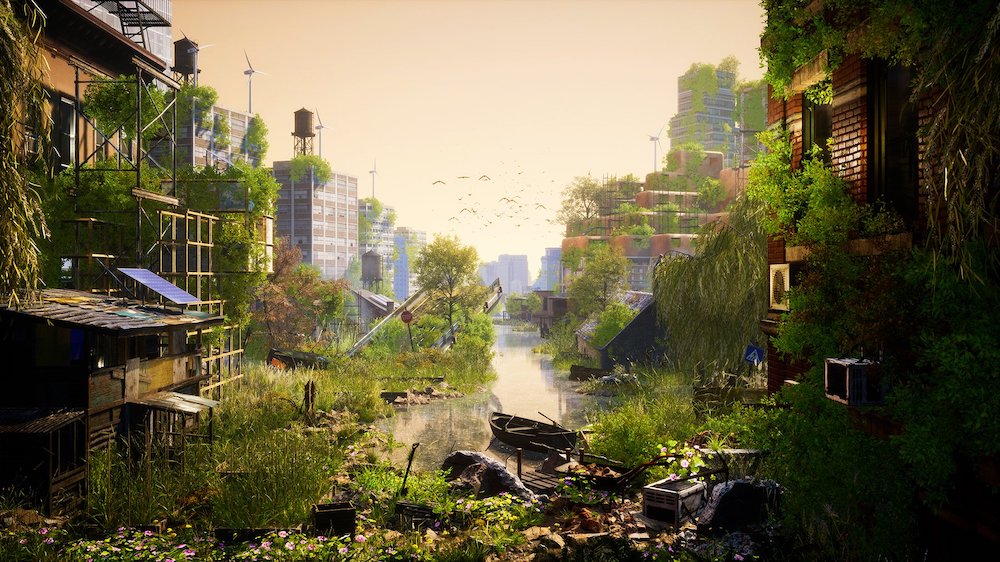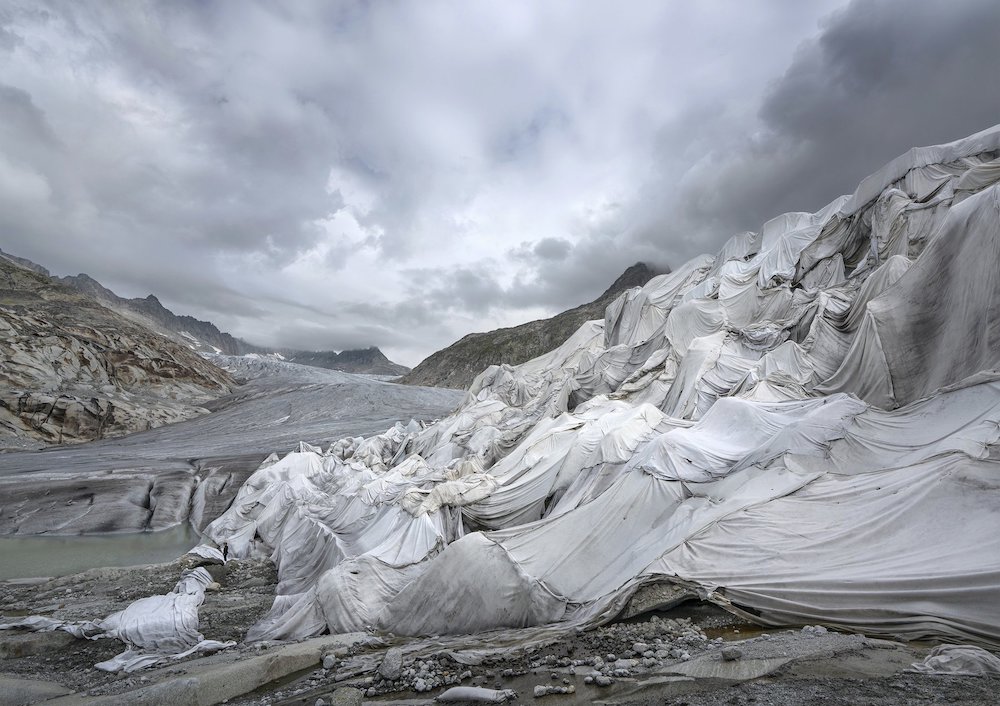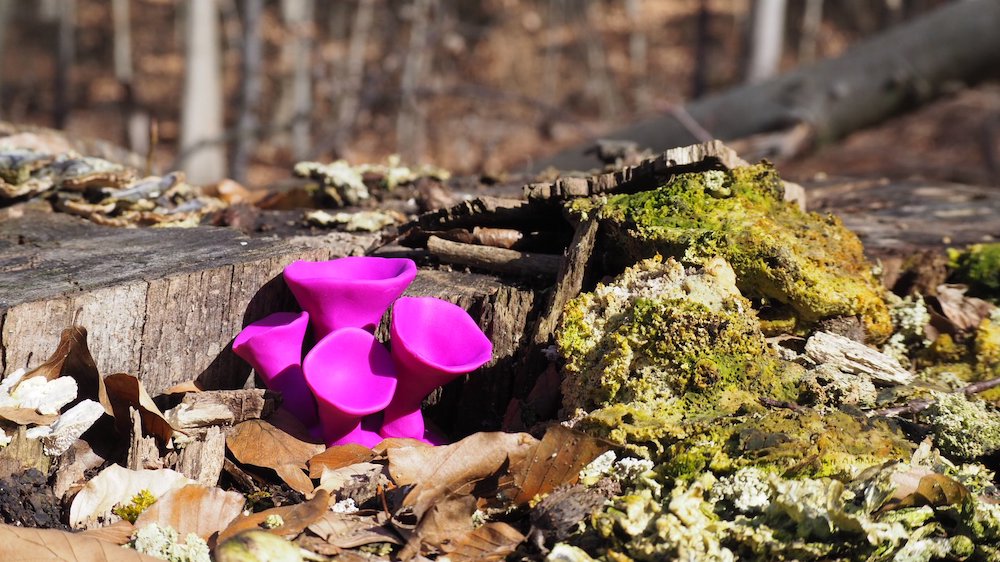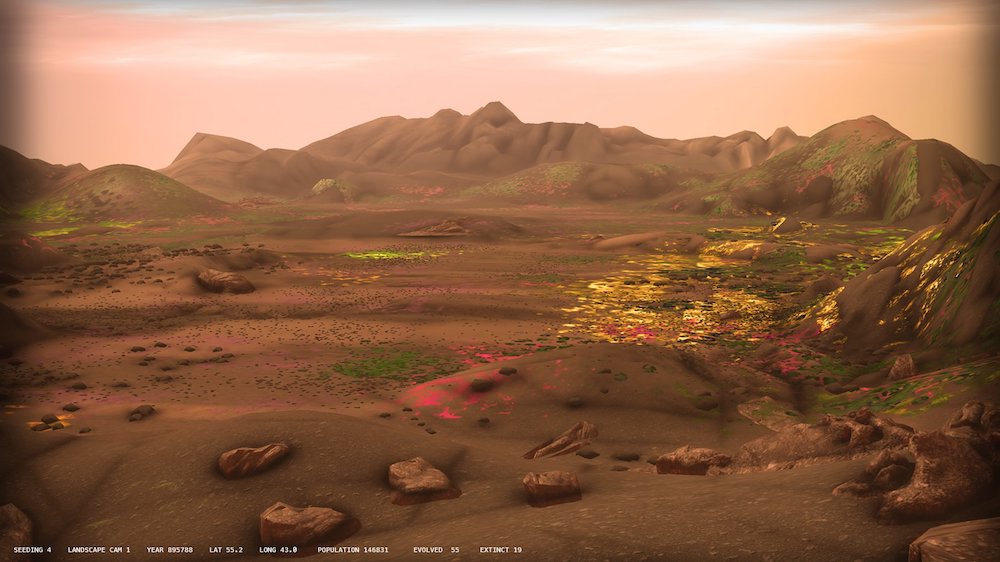The co-curator of the uncompromising ecological curatorial research project Weather Engines Jussi Parikka on weaponised meteorology, dark futures and mapping out existence in a broken world

Athens is currently host to one of the most dynamic exhibitions of the modern era – one that brilliantly employs the intersection between art and science to shine a light on the precarious moment in human history in which we all find ourselves. Curated by Daphne Dragona and Jussi Parikka Weather Engines is a multi-disciplinary art exhibition and program of performances that seeks to investigate the climate crisis, and the myriad ways in which cutting-edge technology, the military industrial complex and the unprecedented environmental flux of the modern day are tightly enmeshed. Featuring works by disparate artists such as Superflux, Manifest Data Lab, Hypercomf and Alexandra Daisy Ginsberg, it postulates various future potentialities of multi-species co-existence in a world increasingly defined by environmental catastrophe, mass climate migration, the meta-verse, and nuclear brinkmanship. Accompanied by the excellent collection of essays Words of Weather: A Glossary, and taking place at both Onassis Stegi and the National Observatory of Athens, Weather Engines delves uncompromisingly into both past and contemporary strategies of engineering the weather, as well as different sociopolitical atmospheres related to breathing and living – presenting the marriage of art and science as a unique knowledge system that might just allow us to embrace the realties of a future in a broken world.
Here, the acclaimed academic and curator Jussi Parikka discusses the dark side of meteorology, explains why art can help us to visualise scientific complexity, and tells us why the human species needs to remove itself from the fulcrum of the ecological debate.

What was the conceptual genesis of Weather Engines?
We wanted to approach environmental issues, while, of course, recognising that there is already a lot of discourse about climate change. So, we did not want to create an exhibition that would just be like, oh, look, climate change is happening, but rather to engage with the intersection of environment and technology, and explore current technologies not only as being crucial to how we understand environmental climate change and the biodiversity crisis, but also as contributing to it as well. We wanted to articulate the idea that all of these issues of technology, environment and climate are interlinked through notions of environmental justice and issues pertaining to multi-species coexistence. We felt it was important to present this complexity because there is no simple narrative here – these histories pertaining to the environment are heavily layered, and we kind of need to decenter ourselves as a species in these discussions, and realise that it’s not only about us. We have tried to address, for instance, what does climate change weather look like from the point of view of insects, mushrooms, pollen, and other forms of bio-indicators.
The exhibition is incredibly informative in terms not only of current environmental technologies, but also the historical context of climate change…
I’m constantly interested in the long duration histories of how did we end up in this context where we talk about geo-engineering as a possible climate solution. I was very interested in exploring earlier examples of weather observation as technology, because it is also a history of computation, a history of AI, and a history of big data that, at the same time, intermingles with the militarisation of weather, and how experimental practices were invented by the military, such as techniques of cloud-seeding. As we can see in Weather Engines, this militarisation of weather still continues in many ways, including in the use of Earth observation infrastructures, and the use of data as a tool of power. In this regard, it’s crucial to look at how that information is being shared – exactly who has the access to satellite imagery, access to earth observation, and so on.

Despite the heavy issues being explored, do you feel there is still a hopeful aspect to the exhibition?
Yes. It’s not all doom and gloom, and we can’t afford to lose hope. Any apocalyptic Western perspective is too privileged when considering how impacts of climate change are already felt more intensively in many areas of the Global South. We really need to believe in a future, and I think that that’s where artistic projects can be helpful by way of projecting speculative possibilities, or futures, and inspire effective investment into a future. For me, art is not just about providing amazing looking experiences. In many cases that can be true as well, but it is also about engaging with all kinds of practices – ways of knowing, ways of feeling. I mean, climate sciences are not necessarily super easy for the average person to understand, but artistic involvement can offer scientists an additional platform where their work can be made much more visible and accessible. I am not saying that art is about communication of scientific facts, but it can help us to understand complexity of the processes through which we know the climate, and also, sometimes the weather.
One fascinating thing that came through for me was this notion of the political weaponisation of scientific uncertainty in relation to climate action…
Scientific methods are rigorous but there is always a degree of uncertainty in scientific knowledge. This is just a normal part of knowing complex realities. But this basic principle can easily be taken hostage by public discourse, or politicians with very specific interests. Also lobbyists know this, and the same sort of strategies are applied across fossil fuel lobby groups as were applied by tobacco industry lobbyists earlier – basically, the idea that, yes, we can see that you’ve done your research, but there’s a margin of error in your calculation, so we don’t know for sure, let’s do more research… It’s a strategy of weaponising uncertainty to extend the debate interminably.
How conscious were you of not just preaching to the converted in Weather Engines, or seeming too highbrow?
We are both very keen on ensuring that the works are accessible, in the sense that there is an experiential aspect to them, and that you don’t need to have a university degree in philosophy to come to the show. We like to refer to Weather Engines as a curatorial research project – not only research in the academic sense, but also in trying to find ways of addressing very different communities, both the ones who are in Athens and able to see this, or able to travel, and also beyond. The book we have produced, Words of Weather, is nice in this way, because, obviously, books can travel far beyond a specific location. Words of Weather draws on networks of people we know, and people we admire, in the arts, humanities, media, and also architecture, because we feel this mix of expertise is really crucial to understanding that we’re constantly talking about multiple entangled issues when we are thinking in terms of climate and environment.

Are there any particular favourite essays you have from Words of Weather?
There are so many fantastic texts that come through very different methodologies of creative writing that is really engaging. I think Humidity by Pujita Guha from the group “Forest Curriculum” is absolutely beautiful because it speaks about the Bengali terminology for humidity, but also hints toward the colonial history of understanding what humidity is and how it relates to particular zones, such as The Tropics. Art historian Sria Chatterjee has, by the way, written a fantastic entry about that topic, The Tropics. And then, Ryan Bishop’s essay Military Meteorology brilliantly outlines the dark side of how weather has been mobilised as part of war, and one piece that I would definitely want to highlight is the essay Wind by JR Carpenter, a Canadian poet and writer who asks “what are its motives? To sweep clouds along with a great noise close to the Earth?” Beautiful.
Do you personally hold much hope for the future of the planet?
Yes. Much of the work in the show explores narratives of what futures can we imagine that are not based on greed and extraction, and how do we start living together in that future? What are the ethics from the perspective of multi-species co-existence? The idea that is quite central in a lot of academic fields is that we have to recognise that we live on a damaged planet – a hat tip to Anna Tsing is in order – and we need to find ways to live in midst of the damage. It’s the notion that toxicity is part of our world, but we still can find ways to live and plan for change. I am also reminded of this great quote from the amazing scientist Lynn Margulis who researched the planet as a holistic ecosystem of dynamic interaction: “Gaia is a tough bitch – a system that has worked for over three billion years without people. This planet’s surface and its atmosphere and environment will continue to evolve long after people and prejudice are gone.” There’s always life in some form, but better we care for it already now.
Weather Engines exhibits at Onassis Stegi and The National Observatory of Athens until June 15




